Sea of Clarity, day 4: Interactive

Fourth Day of the Sea of Clarity
- Broadcast channel "Day-TV"
- Museum "Buran" on VDNH
- Exhibition of the Polytechnic Museum at ENEA
- More VDNH
- Fourth Day of the Sea of Clarity
Broadcast channel "Day-TV"
I was invited to talk to a famous blogger and publicist Alexei Anpilogov ( crustgroup and alex-anpilogov ) about the space program today and tomorrow.
Museum "Buran" on VDNH
Admission : 500 rubles.
Photographing : Free.
General assessment : Interactive, few exhibits, tickets are expensive. If you do not mind the money, you can go.
The interactive museum "Buran" is located not far from the rocket and pavilion No. 20, nearby is a themed children's space playground.

The museum is made from the layout of the Buran and the attached building.
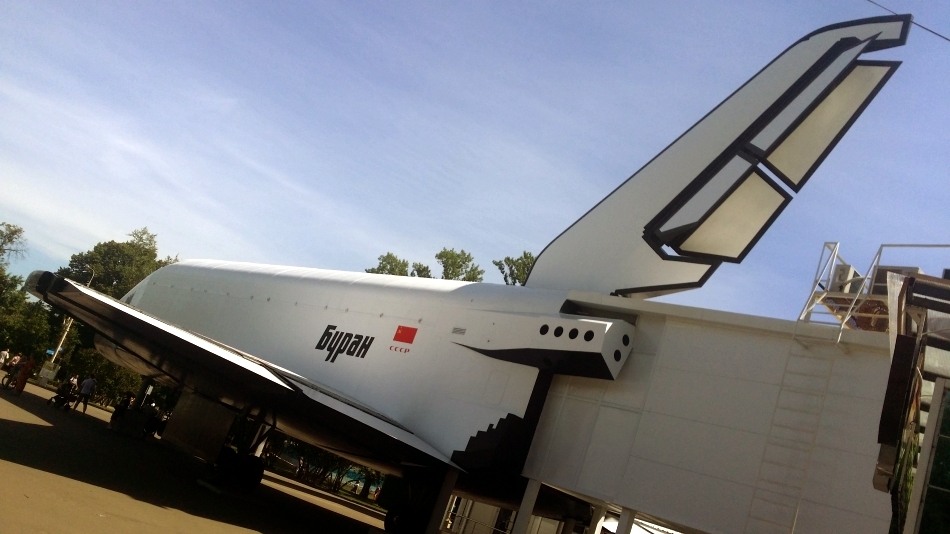
At the same time, the ship’s mockup is not a complete replica; in its creation, real elements of various ships built for testing were used.

In the first hall they show a film telling about the first and only flight of the Buran. In the corridor, the first exhibit is a brake parachute container. The exhibits are taken from the Buran flying into space.

Very interesting drawing - a comparison of the "Buran" and "Shuttle". In addition to the obvious change in the tail section, in Buran, it is possible to maintain weight balance, and the nose is also shorter. If anyone thinks that the “Buran” is a copy of the shuttle without turning on its brains, then this is not true. Due to design changes, even the basic aerodynamics had to be recalculated independently.
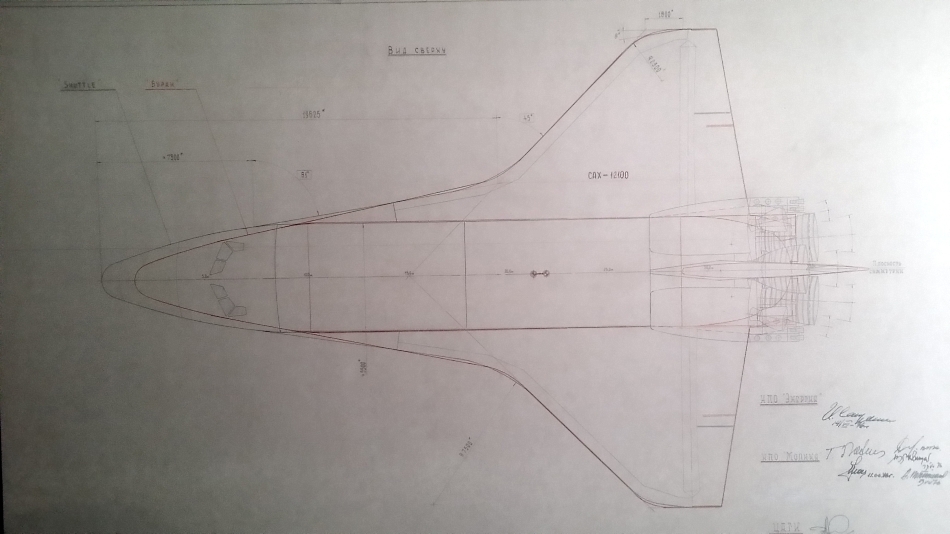
Racks of high strength alloy.
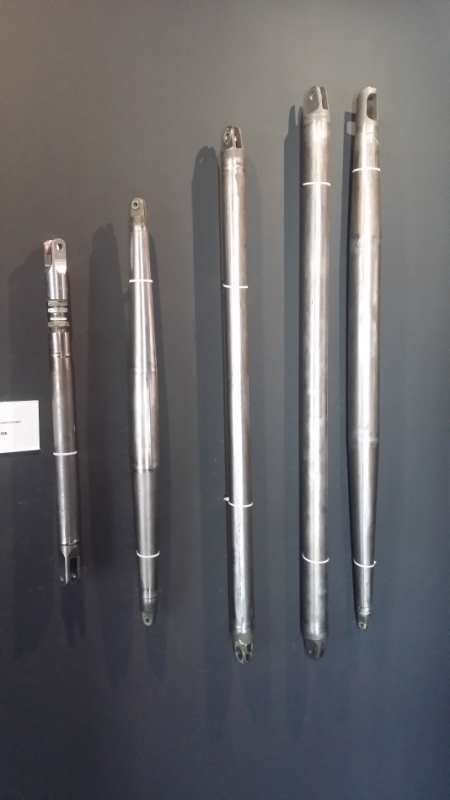
On the second floor, on the place of the cargo compartment, there are exhibits along the walls, and another film is shown on the sloping roof.
Engine orientation systems.

Exhaust parachute braking system after touching the runway.
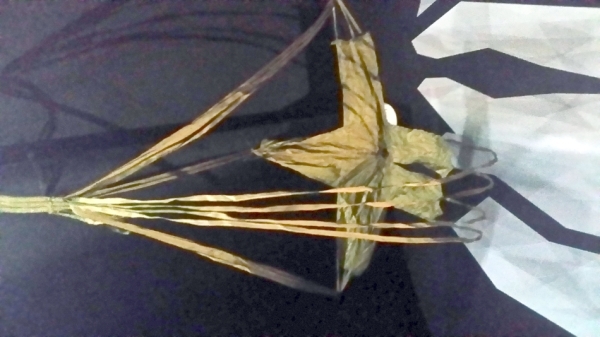
Flight suit Curiously, the Americans initially did not have high-rise costumes, they appeared only after the Challenger disaster. And for the "Buran" was originally designed a full high-rise suit.

Interactive stand, imitating the landing of the Buran. Children should like it, but they do not chase the physical correctness of events there, for example, the ship is slowing down in dense layers of the atmosphere with a negative pitch angle (nose down), which is simply impossible.
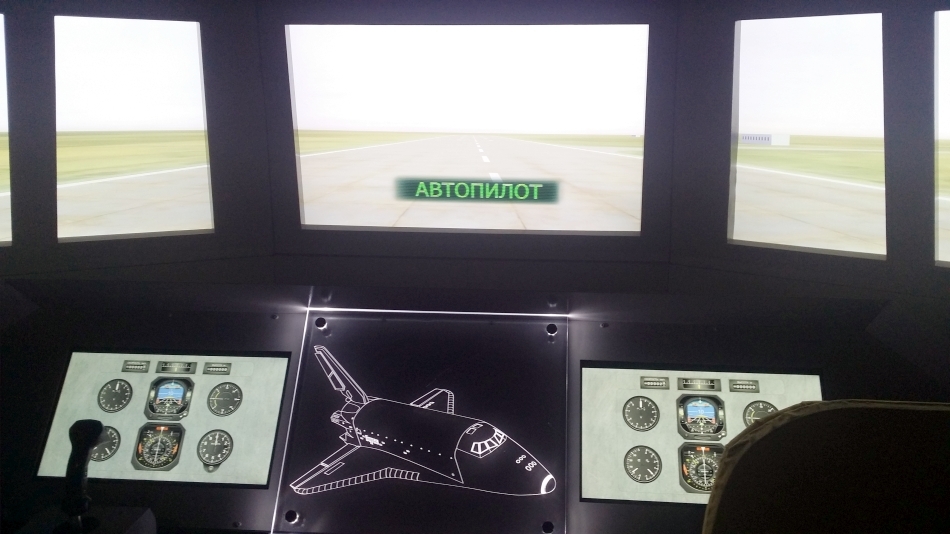
Above the booth is the “Burana” cabin - a copy of the dashboard of a 0.02 analogue aircraft in Germany.

One of the latest exhibits is the fuel tank of an auxiliary power unit, which provided Buran with electricity.

Exhibition of the Polytechnic Museum at ENEA
Admission : 300 rubles.
Photographing : Free.
Overall rating : Go twice to see what they missed the first time a second time.
The building of the Polytechnic Museum is under reconstruction, at the Exhibition of Economic Achievements there is a temporary exhibition. It was not completely adapted to the pavilion, so, for example, the layout of the halls of interactive guides remained old. But this stuff.
The general name of the exhibition is “Russia makes itself”; therefore, many exhibits reflect our past and present achievements. Exhibits dilute art installations and various interactive objects. In each hall there are interactive guides who are ready to tell about the contents of the hall. Guides are very atmospheric, there is even an almost rap guide. Explanations of the exhibits are displayed on screens on which there is sometimes a start button for a valid layout of something.
Hall "Radio +". Lamp Bonch-Bruevich 1919 with water cooling.

Another radio tubes.
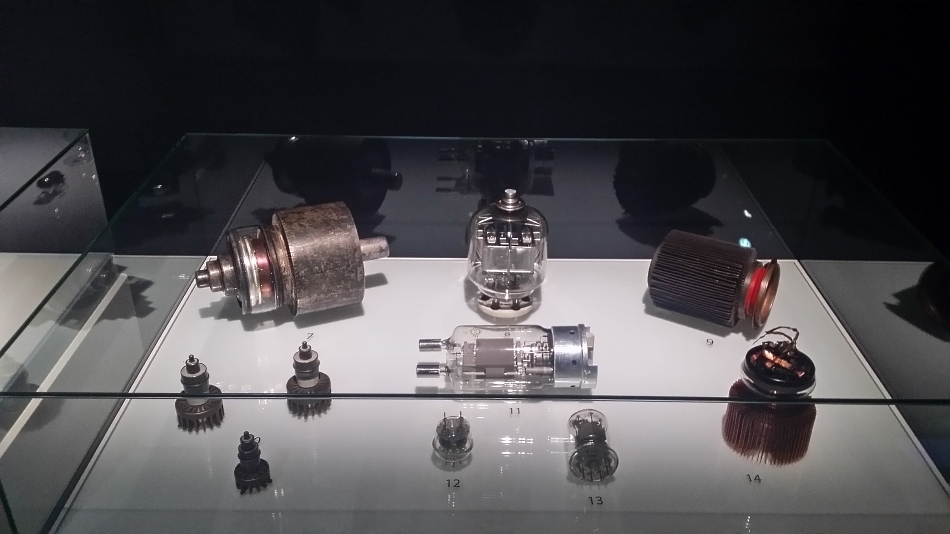
The Theremin - a musical instrument invented by Lv Termen (here's an example of the game of great-grandson, Peter Theremin).
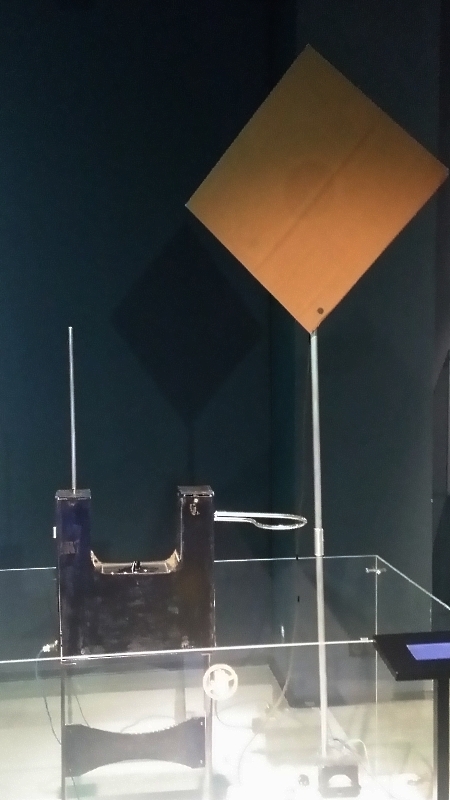
Soviet portable radios.

The first experiments with television.
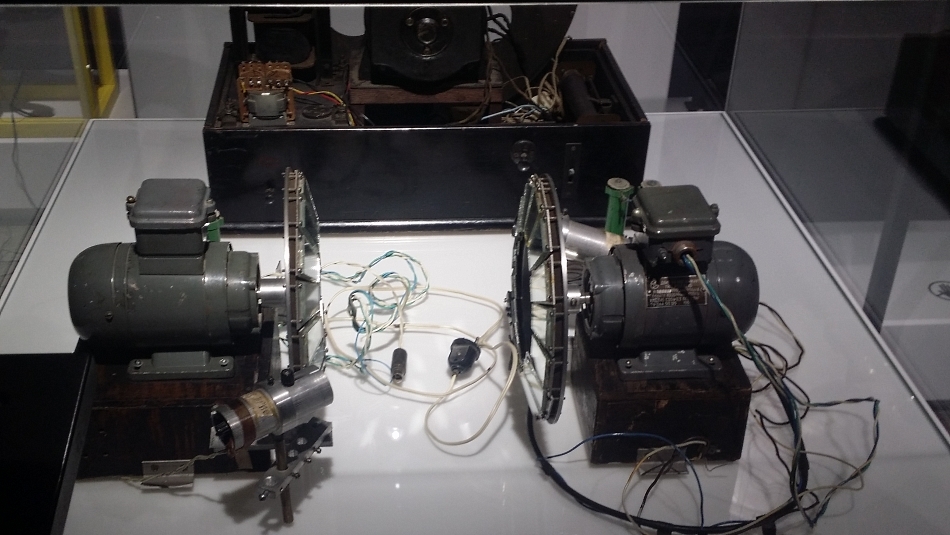
A sudden meeting is a mock-up of the Parks Observatory in Australia, through which they took the first exit to the surface of the Moon.

The apparatus of the Soviet mobile communications "Altai", a minute, 1963.

Hall "Illusions" is dedicated to holograms. On the walls hang three-dimensional images of very high quality. The photo is, of course, does not transmit. Nya!

Stand with stereo cameras and stereoscopes - for shooting and displaying stereo images.
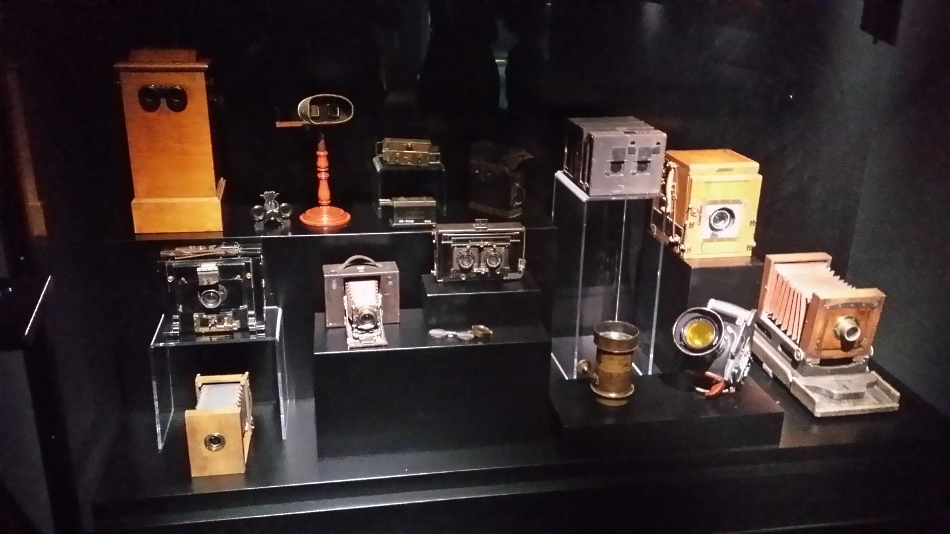
Hall "Analogues of Nature" tells about what ideas people have taken from plants, animals and nature in general. Gutenmakher's electrical integrator, using a resistor matrix, was able to solve systems of differential equations and was an analog computer. Until the 1970s and 1980s, analog computers could win in terms of speed with digital machines, but lost because of their lack of versatility.
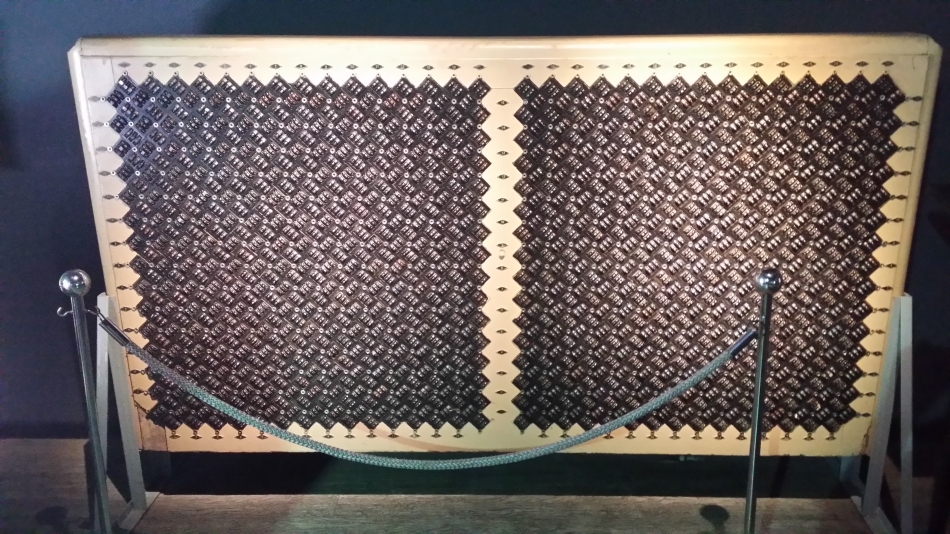
Neurocomputer boards that use a simplified model of a live neuron for computing.
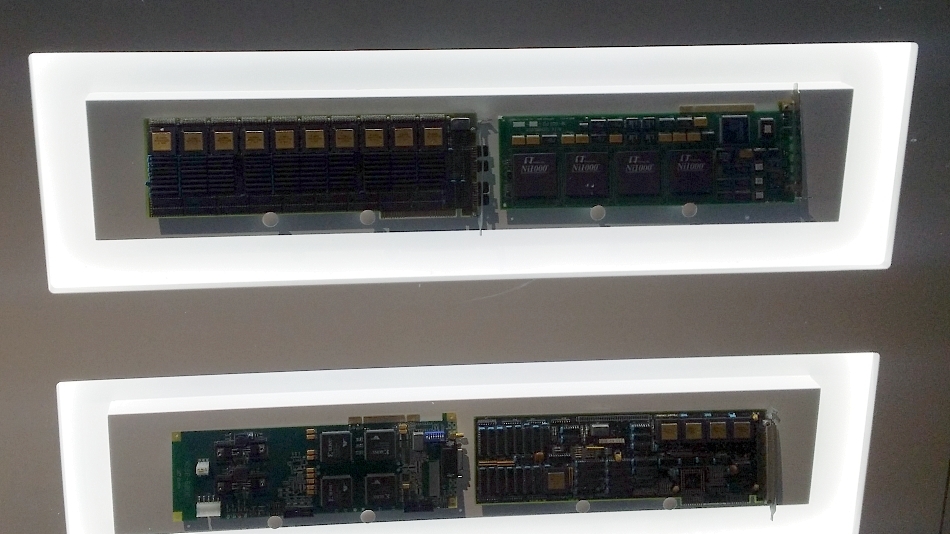
Hydrointegrator Lukyanov. Here, the differential equations are “solved” by water.

Hall "New Anthropogenesis" - calculations and robots. It's funny, a relatively familiar unit is already a historical exhibit, as time goes by. This is the server of Yandex 1997.
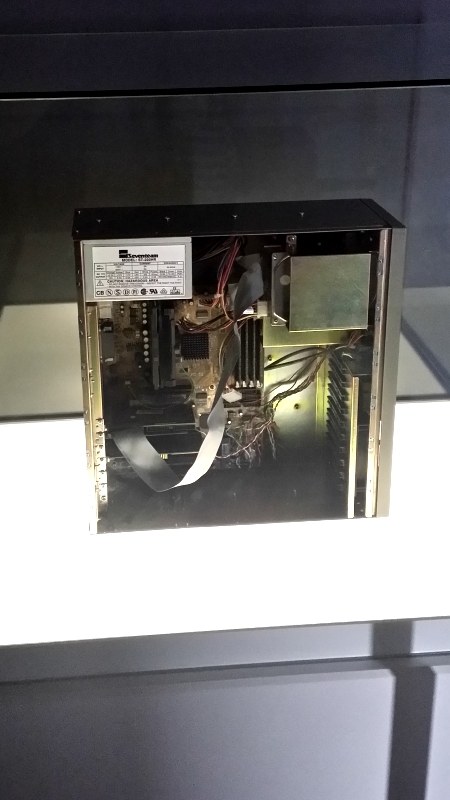
Robot guide "Sepulka". His “face” seems vaguely familiar, probably from photographs of old Soviet magazines.

If in the previous room ideas were taken from nature, then, on the contrary, spare parts for humans.

The hall “Beyond the Earth” dedicated to the cosmos is filled with objects so familiar that it seems empty. The Sokol spacesuit and the lodgement of the Soyuz spacecraft, in the background the toilet of the ISS.
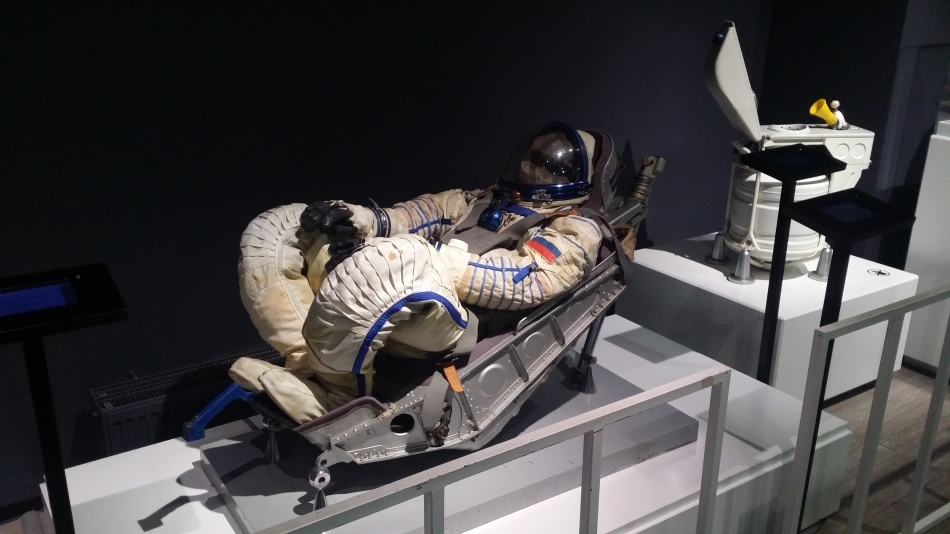
Helmet of SK-1 spacesuit for Vostok spacecraft
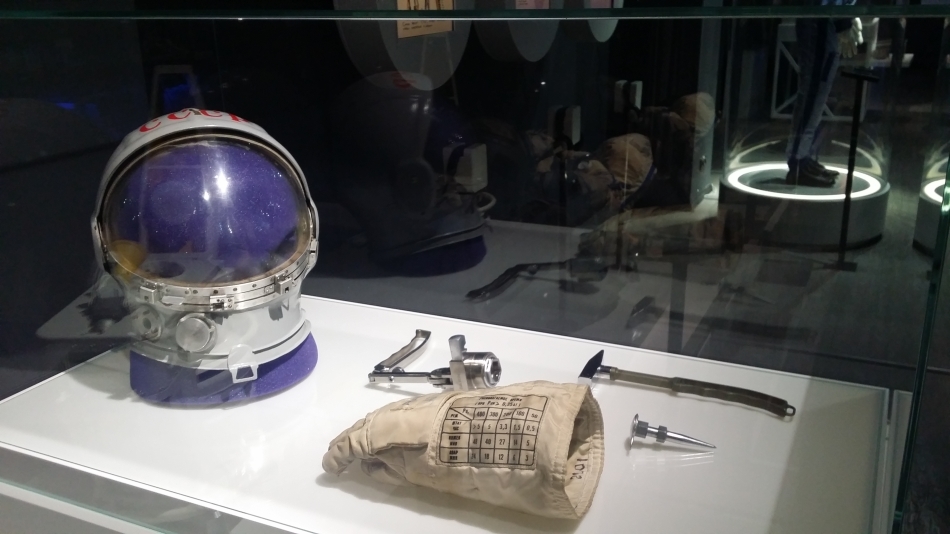
Mock-up of a lunar base. There is also a layout of the Martian base and a couple of others.

Model of the ship "Vostok" and the third stage of the launch vehicle.
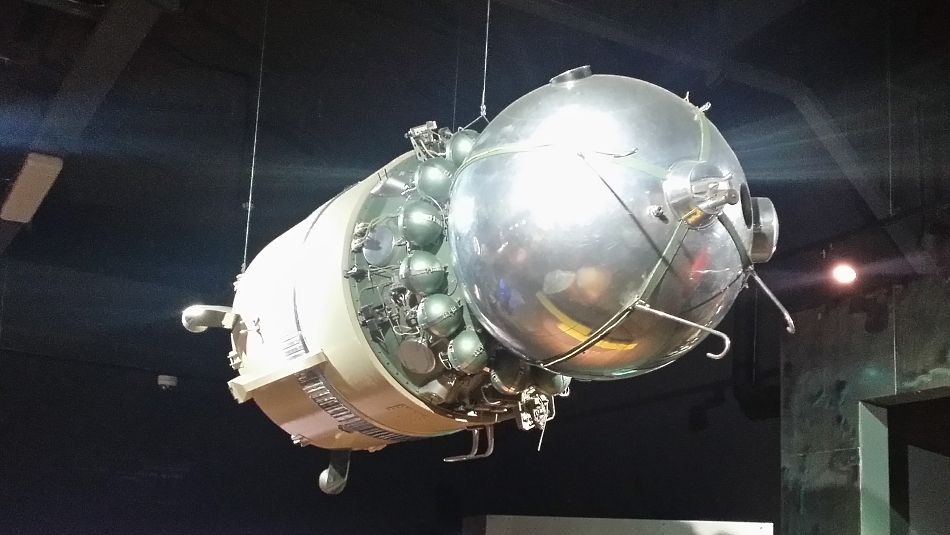
Hall "Atomic Energy". Graphite blocks of moderators for a nuclear reactor, close-up. What is curious, for the first ballistic missiles graphite rudders were needed, the rocket engineers even turned to nuclear weapons, who also used graphite, but for the nuclear industry he needed other parameters, he had to do it himself.
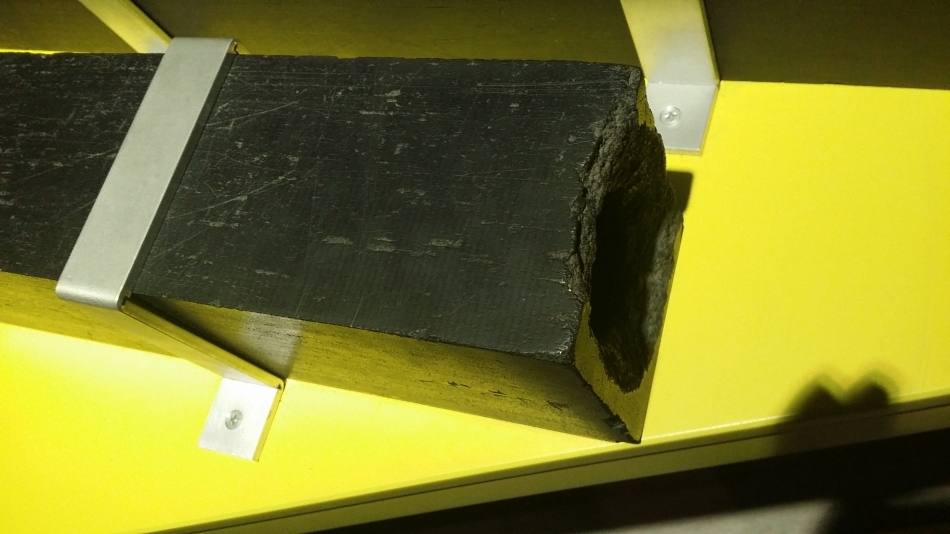
Layout of a nuclear reactor "Topaz" for Soviet satellites. Reactors flew into space only on Soviet satellites and were used, in general, successfully.
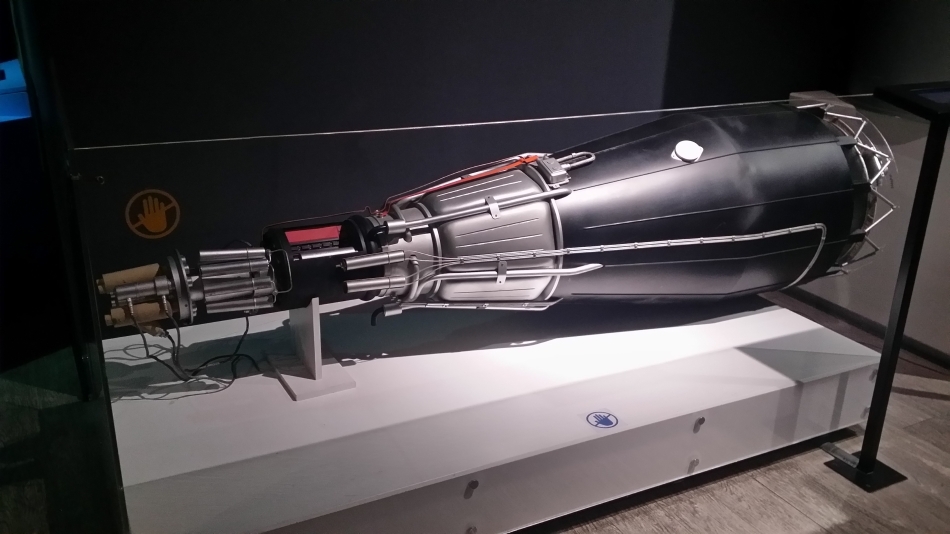
The first Soviet atomic bomb RDS-1, which gave the name of the exhibition, front view. In the background, a mother and daughter fold cranes in memory of the American atomic bombing of Hiroshima and Nagasaki. Near the bomb there is a plate, standing on which you can feel the shock wave of a nuclear explosion with your feet.
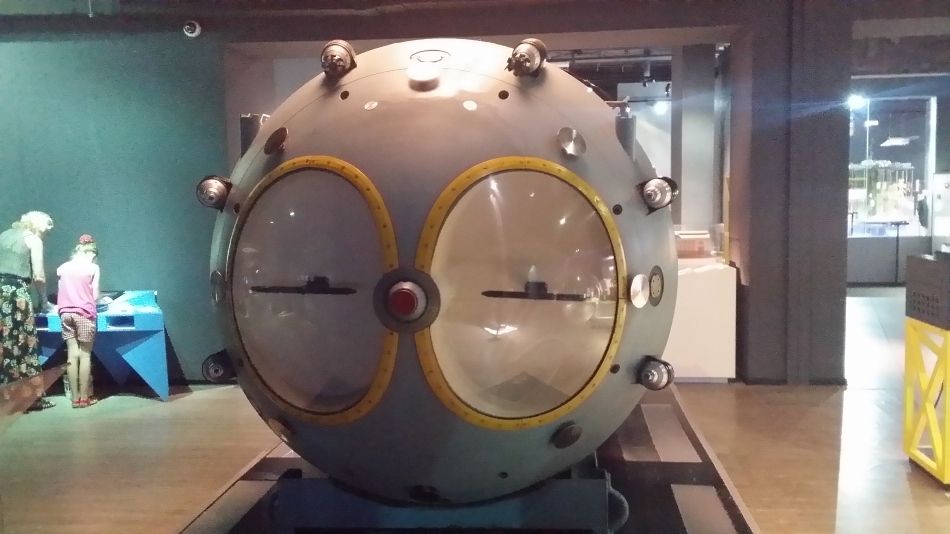
Very close to the basics of nuclear energy simply and clearly explains a very cute cartoon.

Hall "Plasma Energy" tells about the familiar and not very ways to use it. Lightning model, plasma loudspeaker, plasma disinfector - it's all useless to photograph, you have to come, turn on and see how it works. But domestic discharge lamps.
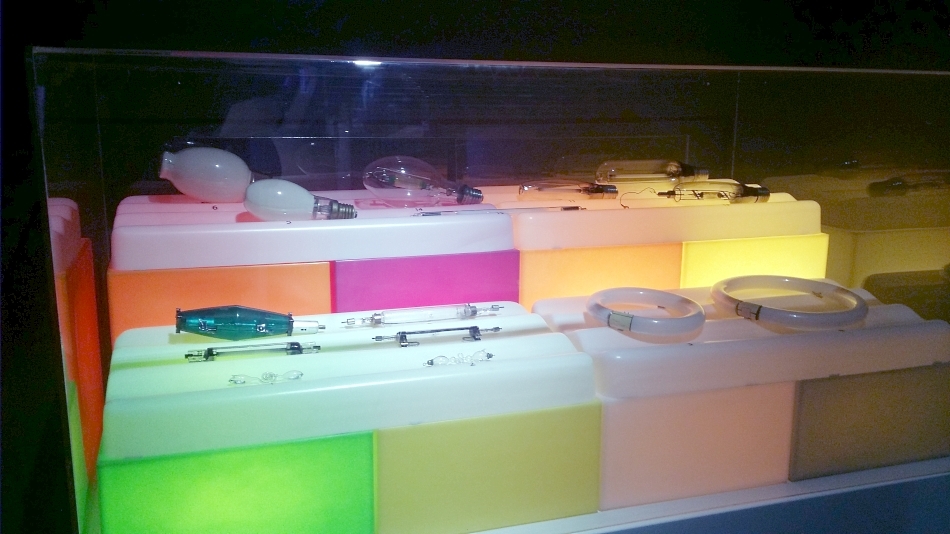
Arc lamps.

More VDNH
The Yak-42 and the Vostok
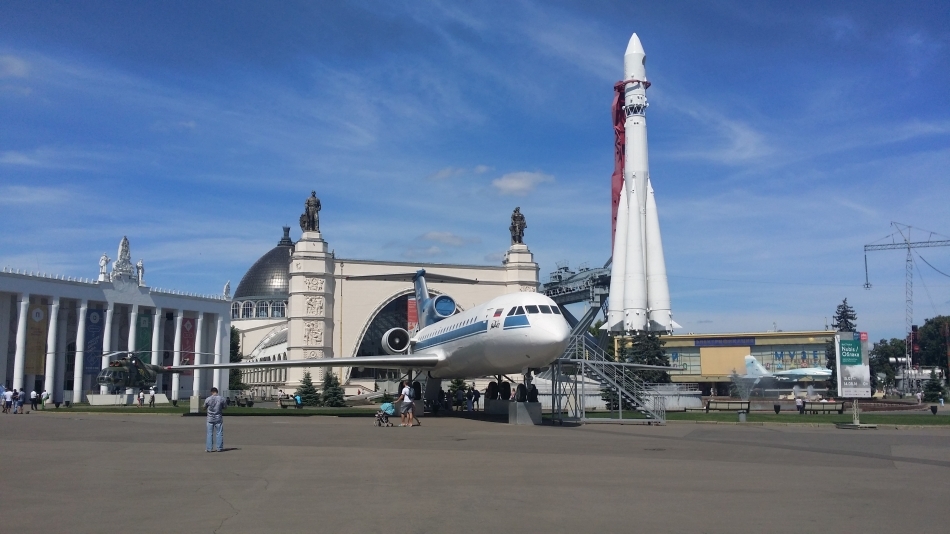
MI-8 rocket against the backdrop of a pavilion with the Polytech exhibition.
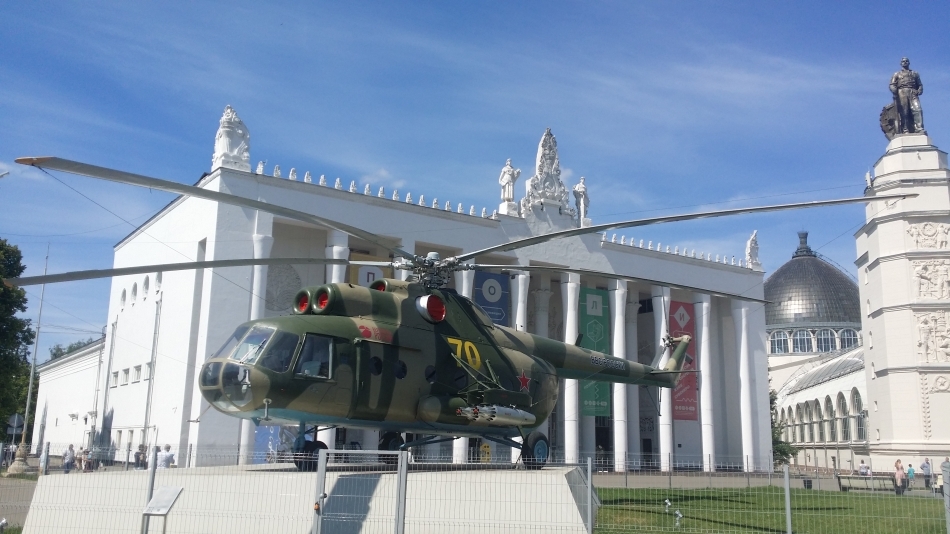
After modern art attempted on me on the second day, I also want to create something conceptual.

Su-27

To the right of the main entrance there is a small exhibition of military equipment. From right to left: "Topol", "S-300V", "Thor", "Wasp", "Beech", "Tunguska", "Shilka".

Fourth Day of the Sea of Clarity
47:52
Lecturer: Sergey Ivanov, administrator of one of the largest scientific and technical communities of the VK “Stern Technical”.
Theme: "The evolution of jet engines."
1:54:14
Lecturer: Alexander Andreev-Andrievsky, Candidate of Biological Sciences, Laboratory of Physiology of Muscular Activity, SSC RF-IMBP RAS.
Theme: “Why do we need astronaut mice?”.
3:05:01
Lecturer: Alexander Nikolashin, Head of the Department for Basic and Prospective Technologies, RCS Gubanov.
Theme: "Image of the corporation of the future."
4:10:44
Lecturer: Philip lozga Terekhov, a blogger-popularizer.
Theme: “Debriefing. The first man in space. Reconstruction of the flight of Yuri Gagarin in Orbiter.
Epilogue
The trip turned out great. Thanks to the Museum of Cosmonautics for the invitation. Thanks to those who came or watched the broadcast. Thank you for reading this report.
